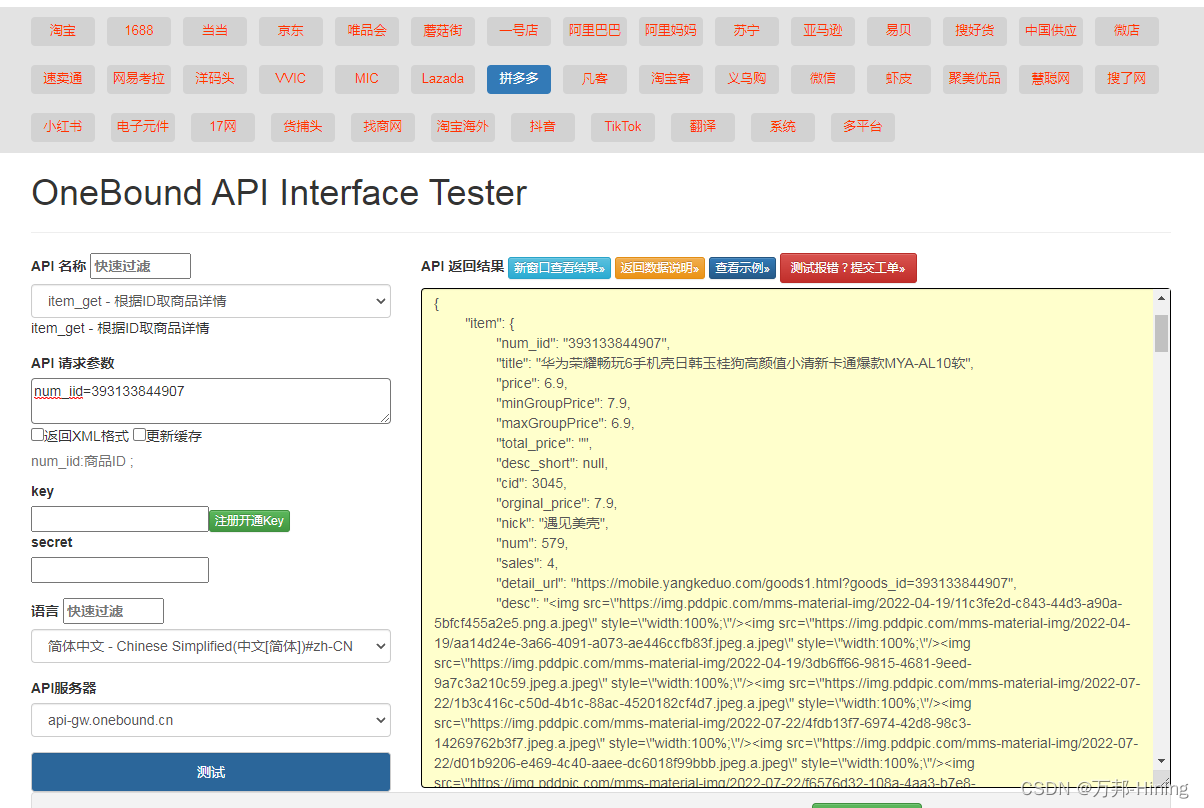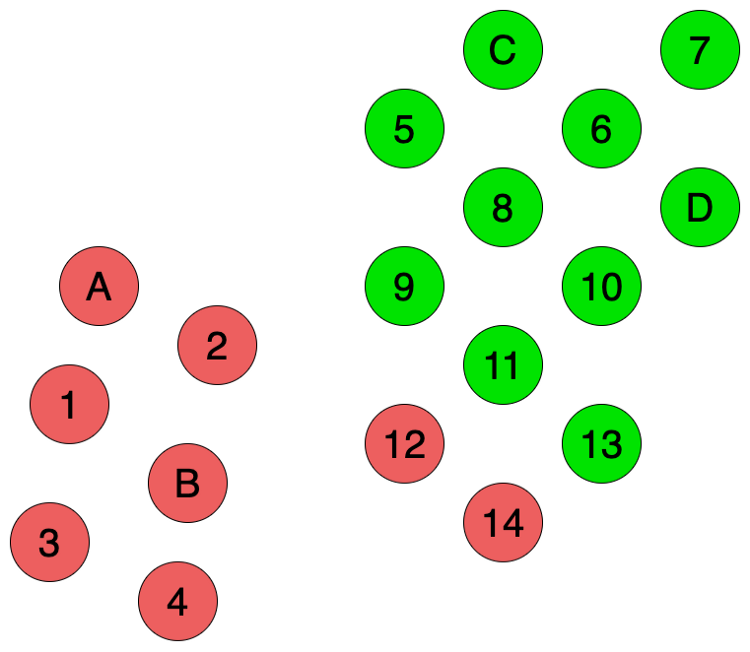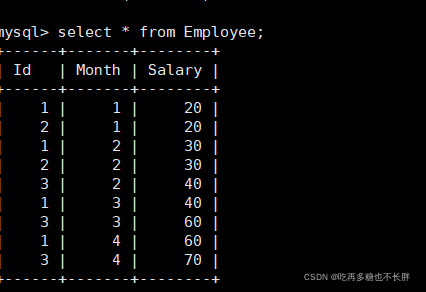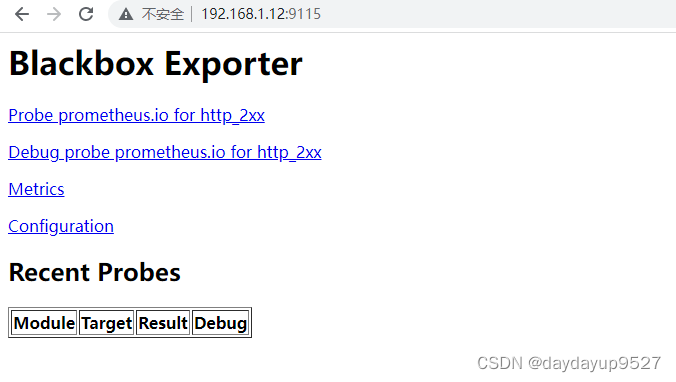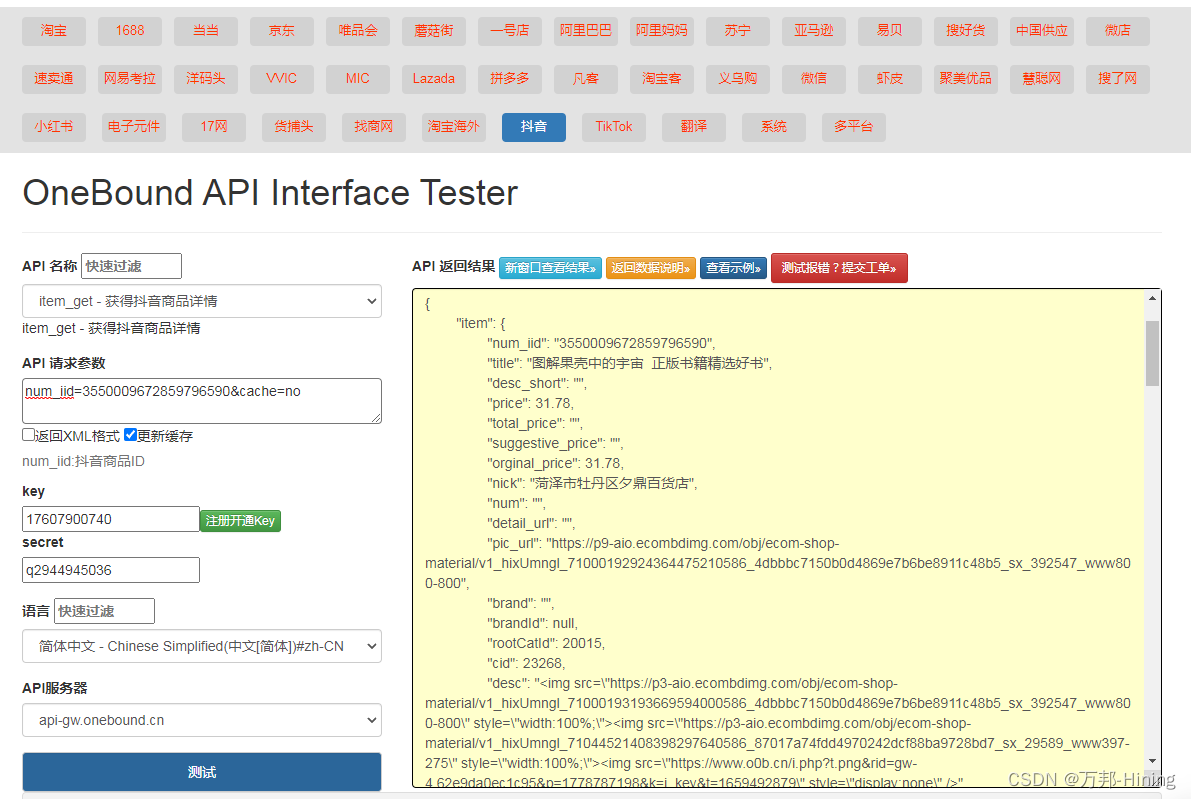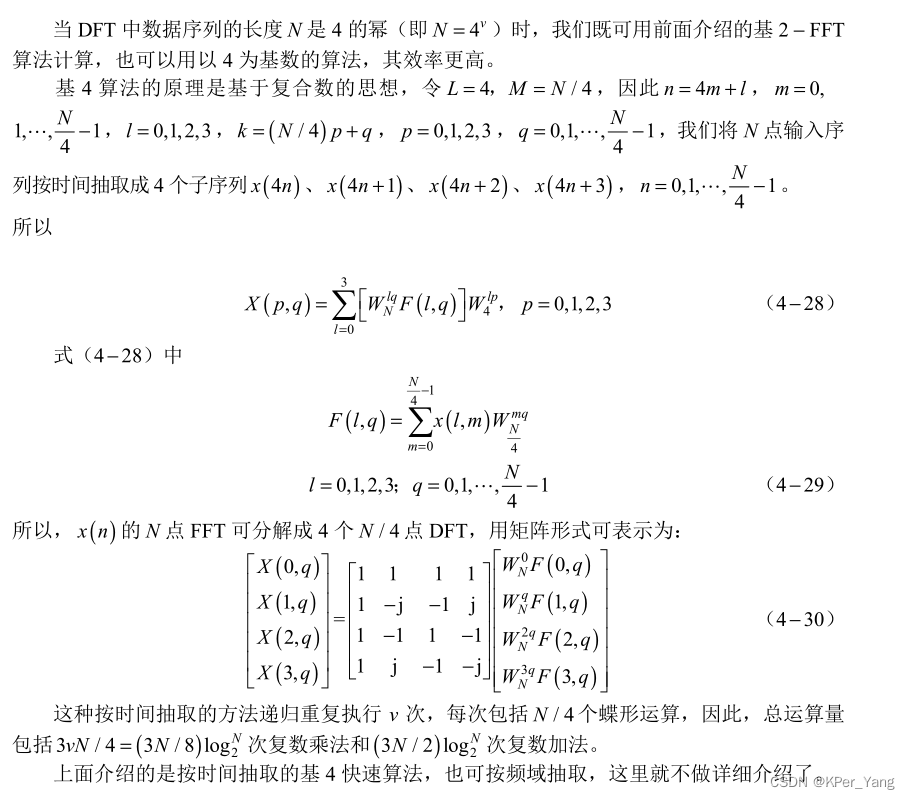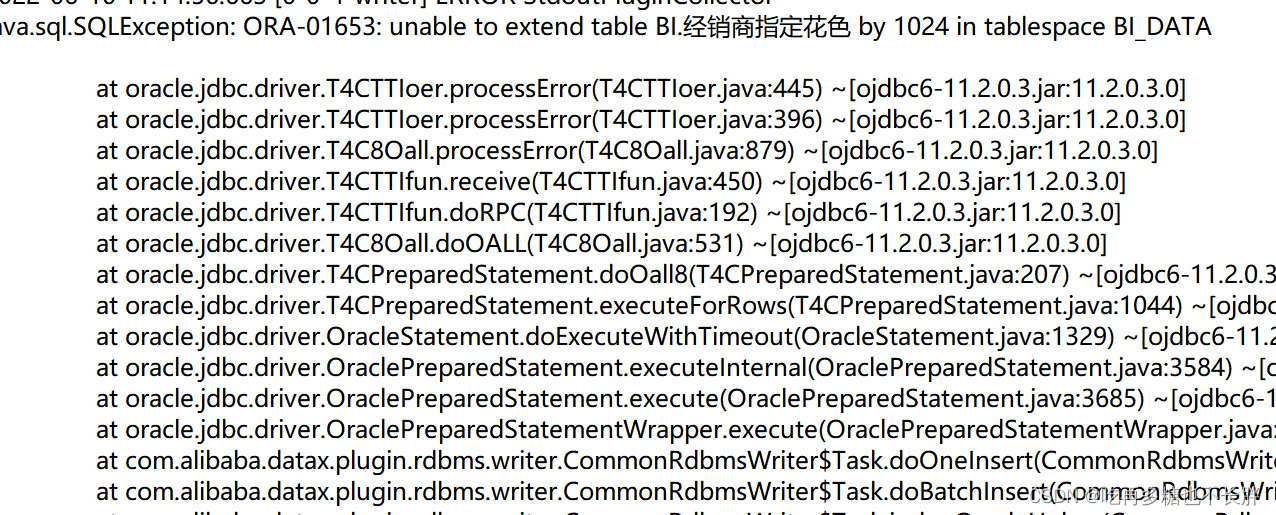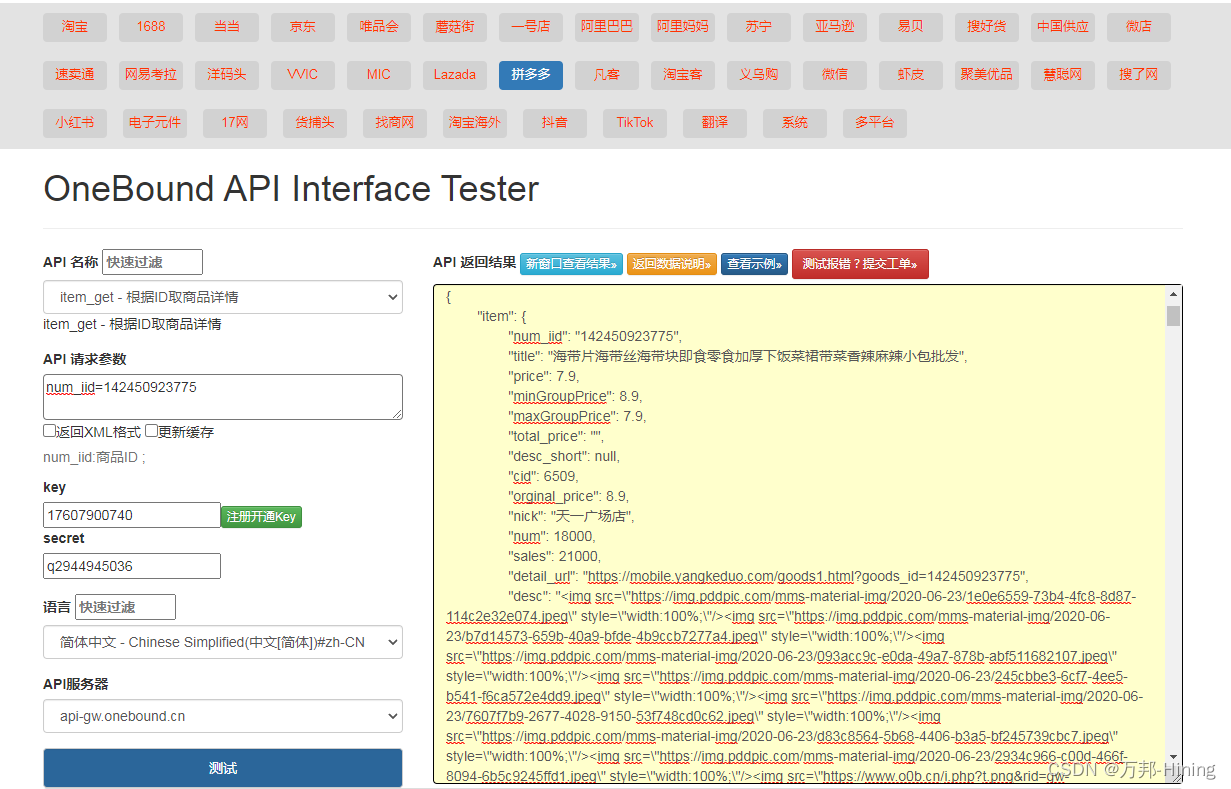当前位置:网站首页>Implementation of FIR filter based on FPGA (5) - FPGA code implementation of parallel structure FIR filter
Implementation of FIR filter based on FPGA (5) - FPGA code implementation of parallel structure FIR filter
2022-08-11 07:28:00 【nanyou scumbag】
书接上回
三、parallel structureFPGA实现
并行结构,The accumulation of filters is implemented in parallel,That is, the input data with symmetric coefficients are added in parallel,Then, multiple multipliers are used in parallel to realize the multiplication of coefficients and data,Finally add all the product results together and output.This structure has the highest operating speed,Because no accumulation operation is required,Therefore, the coefficient clock frequency can be consistent with the data output clock frequency.
compared to the serial structure,Higher speeds come at the cost of exponentially more hardware resources.
设计实例
设计一个15order of low-pass linear phaseFIR滤波器,It is designed with Blackman window function,截止频率为500Hz,采样频率为2000Hz;采用FPGAA filter that implements a parallel structure,The number of quantization bits of the coefficient is 12bit,The input data bit width is 12bit,The output data bit width is 29bit,系统时钟2000Hz.
1、matlab参数与数据
FIRThe filter parameters are exactly the same as implemented by the serial structure,Please refer to the previous article
链接: 基于FPGA的FIR滤波器的实现(4)— 串行结构FIR滤波器的FPGA代码实现
2、使用VerilogWrite parallel structuresFIR滤波器
- RTL代码(需要先将matlab产生的noise_B和sin_B添加到工程目录下的simulation/modelsim文件夹中)
module FirParallel(
input wire clk,
input wire rst_n,
input signed [11:0]Xin,
output signed [28:0]Yout
);
reg signed[11:0]Xin_reg[15:0];
reg [3:0]i,j;
//将数据存入移位寄存器
always @(posedge clk or negedge rst_n)
if(!rst_n)
begin
for(i=0;i<15;i=i+1)
Xin_reg[i] = 12'd0;
end
else
begin //Unlike serial structures,There is no need to judge the counter status here
for(j=0;j<15;j=j+1)
Xin_reg[j+1] <= Xin_reg[j];
Xin_reg[0] <= Xin;
end
//Add the input data for the symmetry coefficients,At the same time, the corresponding filter coefficients are sent to the multiplier
//In order to further increase the running speed,In addition, a first-level register has been added
reg signed[12:0]Add_reg[7:0];
always @(posedge clk or negedge rst_n)
if(!rst_n)
begin
for(i=0;i<8;i=i+1)
Add_reg[i] = 13'd0;
end
else
begin
for(i=0;i<8;i=i+1)
Add_reg[i] = {Xin_reg[i][11],Xin_reg[i]} + {Xin_reg[15-i][11],Xin_reg[15-i]};
end
//Unlike serial structures,In addition, instantiation is required8个乘法器IP核
//Instantiate a signed multiplierIP核mult
wire signed[11:0]coe[7:0]; //滤波器为12bit量化数据
wire signed[24:0]Mout[7:0]; //乘法器输出为25bit数据
assign coe[0] = 12'h000;
assign coe[1] = 12'hffd;
assign coe[2] = 12'h00f;
assign coe[3] = 12'h02e;
assign coe[4] = 12'hf8b;
assign coe[5] = 12'hef9;
assign coe[6] = 12'h24e;
assign coe[7] = 12'h7ff;
mult mult_inst0(
.clock(clk),
.dataa(coe[0]),
.datab(Add_reg[0]),
.result(Mout[0])
);
mult mult_inst1(
.clock(clk),
.dataa(coe[1]),
.datab(Add_reg[1]),
.result(Mout[1])
);
mult mult_inst2(
.clock(clk),
.dataa(coe[2]),
.datab(Add_reg[2]),
.result(Mout[2])
);
mult mult_inst3(
.clock(clk),
.dataa(coe[3]),
.datab(Add_reg[3]),
.result(Mout[3])
);
mult mult_inst4(
.clock(clk),
.dataa(coe[4]),
.datab(Add_reg[4]),
.result(Mout[4])
);
mult mult_inst5(
.clock(clk),
.dataa(coe[5]),
.datab(Add_reg[5]),
.result(Mout[5])
);
mult mult_inst6(
.clock(clk),
.dataa(coe[6]),
.datab(Add_reg[6]),
.result(Mout[6])
);
mult mult_inst7(
.clock(clk),
.dataa(coe[7]),
.datab(Add_reg[7]),
.result(Mout[7])
);
//对滤波器系数与输入数据的乘法结果进行累加,and output the filtered data
//Unlike serial structures,Here all multiplier results are added directly in one clock cycle
reg signed[28:0]sum;
reg signed[28:0]yout;
reg [3:0]k;
always @(posedge clk or negedge rst_n)
if(!rst_n)
begin
sum = 29'd0;
yout <= 29'd0;
end
else
begin
yout <= sum;
sum = 29'd0;
for(k=0;k<8;k=k+1)
sum = sum + Mout[k];
end
assign Yout = yout;
endmodule
- 仿真测试模块
`timescale 1ns/1ns
module FirParallel_tb;
reg clk;
reg rst_n,write_en;
reg [11:0]Xin;
wire [28:0]Yout;
wire clk_data; //数据时钟,The rate is one-eighth of the clock
FirParallel FirParallel_inst(
.clk(clk),
.rst_n(rst_n),
.Xin(Xin), //数据输入频率为2khz
.Yout(Yout) //滤波后的输出数据
);
parameter clk_period = 500000; //Set the clock signal period/频率:2KHz
parameter data_num = 2000; //仿真数据长度
parameter time_sim = data_num*clk_period; //仿真时间
initial clk=1'b1;
always #(clk_period/2) clk=~clk;
initial begin
rst_n=1'b0;
write_en=1'b0;
#20000 rst_n = 1'b1;
write_en=1'b1;
#time_sim $stop;
Xin = 12'd10;
end
//Read in data from an external file as a test stimulus
integer Pattern;
reg [11:0]stimulus[1:data_num];
initial begin
//$readmemb("noise_B.txt",stimulus);
$readmemb("sin_B.txt",stimulus);
Pattern = 0;
repeat(data_num)
begin
Pattern = Pattern + 1;
Xin = stimulus[Pattern];
#clk_period;
end
end
//will simulate the datadoutWrite to an external file
integer file_out;
initial begin
//file_out = $fopen("noise_out.txt");
file_out = $fopen("sout.txt");
if(!file_out)
begin
$display("could not open file!");
$finish;
end
end
wire rst_write;
wire signed [28:0]dout_s;
assign dout_s = Yout;
assign rst_write = clk & (rst_n);
always @(posedge rst_write)
$fdisplay(file_out,"%d",dout_s);
endmodule
- 仿真波形图
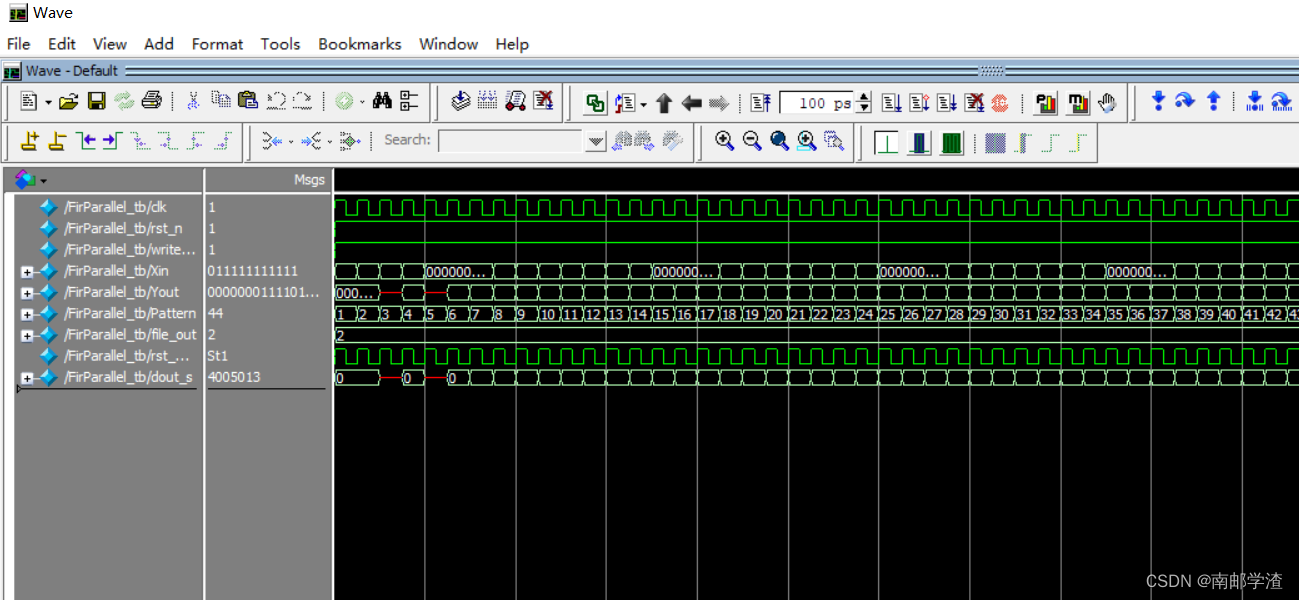
3、使用matlabThe generated program is simulated and verified
- M程序:
%E4_7_NoiseAndCarrierOut.M
f1=200; %信号1频率为200Hz
f2=800; %信号2频率为800Hz
Fs=2000; %采样频率为2KHz
N=12; %量化位数
%从文本文件中读取数据
%Test input data are placed separatelyNoise_in和S_in变量中
fid=fopen('C:\matlab work\fir1_1\filterCoe\noise.txt','r');
[Noise_in,N_n]=fscanf(fid,'%lg',inf);
fclose(fid);
fid=fopen('C:\matlab work\fir1_1\filterCoe\sin.txt','r');
[S_in,S_n]=fscanf(fid,'%lg',inf);
fclose(fid);
%The filtered output result data are placed separatelyNoise_out和S_out变量中
fid=fopen('C:\matlab work\fir1_1\filterCoe\noise_out.txt','r');
[Noise_out,N_count]=fscanf(fid,'%lg',inf);
fclose(fid);
fid=fopen('C:\matlab work\fir1_1\filterCoe\sout.txt','r');
%fid=fopen('C:\matlab work\fir1_1\filterCoe\E4_7_Sout.txt','r');
[S_out,S_count]=fscanf(fid,'%lg',inf)
fclose(fid);
%归一化处理
Noise_out=Noise_out/max(abs(Noise_out));
S_out=S_out/max(abs(S_out));
Noise_in=Noise_in/max(abs(Noise_in));
S_in=S_in/max(abs(S_in));
%Find the amplitude-frequency response of the signal
out_noise=20*log10(abs(fft(Noise_out,1024))); out_noise=out_noise-max(out_noise);
out_s=20*log10(abs(fft(S_out(150:length(S_out)),1024))); out_s=out_s-max(out_s);
in_noise=20*log10(abs(fft(Noise_in,1024))); in_noise=in_noise-max(in_noise);
in_s=20*log10(abs(fft(S_in,1024))); in_s=in_s-max(in_s);
%The magnitude-frequency response of the filter itself
hn=black_fpga;
m_hn=20*log10(abs(fft(hn,1024))); m_hn=m_hn-max(m_hn);
%设置幅频响应的横坐标单位为Hz
x_f=[0:(Fs/length(out_noise)):Fs/2];
%Only the amplitude frequency response of the positive frequency part is displayed
mf_noise=out_noise(1:length(x_f));
mf_s=out_s(1:length(x_f));
mf_in_noise=in_noise(1:length(x_f));
mf_in_s=in_s(1:length(x_f));
mf_hn=m_hn(1:length(x_f));
%绘制幅频响应曲线
figure(1);
subplot(211);
plot(x_f,mf_in_noise,'--',x_f,mf_noise,'-',x_f,mf_hn,'--');
xlabel('频率(Hz)');ylabel('幅度(dB)');title('FPGASimulate the spectrum of a white noise signal before and after filtering');
legend('输入信号频谱','输出信号频谱','滤波器响应');
grid;
subplot(212);
plot(x_f,mf_in_s,'--',x_f,mf_s,'-',x_f,mf_hn,'--');
xlabel('频率(Hz)');ylabel('幅度(dB)');title('FPGASimulate the spectrum of the synthesized single-frequency signal before and after filtering');
axis([0 1000 -100 0]);
legend('输入信号频谱','输出信号频谱','滤波器响应');
grid;
%绘制时域波形
%Set the display data range
t=0:1/Fs:50/Fs;t=t*1000;
t_in_noise=Noise_in(1:length(t));
t_in_s=S_in(1:length(t));
t_out_noise=Noise_out(1:length(t));
t_out_s=S_out(1:length(t));
figure(2);
subplot(211);
plot(t,t_in_noise,'--',t,t_out_noise,'-');
xlabel('时间(ms)');ylabel('幅度');title('FPGASimulate the time domain waveform before and after filtering the white noise signal');
legend('Input signal waveform','输出信号波形');
grid;
subplot(212);
plot(t,t_in_s,'--',t,t_out_s,'-');
xlabel('时间(ms)');ylabel('幅度');title('FPGASimulate the time domain waveform before and after filtering the synthesized single frequency signal');
legend('Input signal waveform','输出信号波形');
grid;
- 仿真波形图
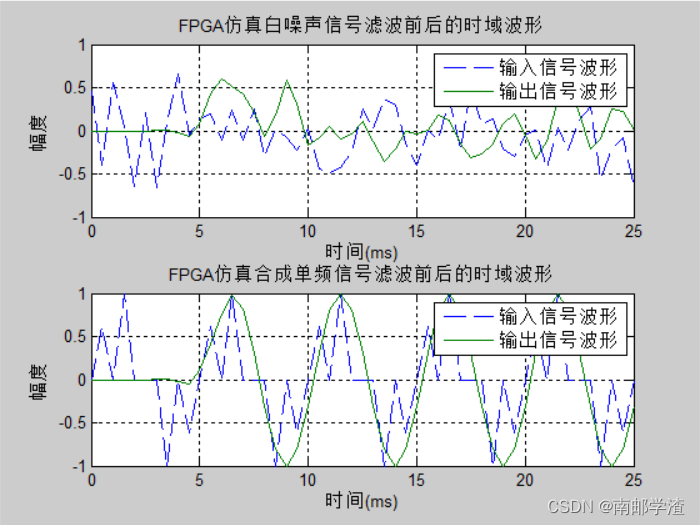

可以看到,parallel structureFIRThe filter design was successful,And the performance is better than the serial structure,设计成功.
边栏推荐
- Redis源码:Redis源码怎么查看、Redis源码查看顺序、Redis外部数据结构到Redis内部数据结构查看源码顺序
- Unity底层是如何处理C#的
- 联想集团:2022/23财年第一季度业绩
- HCIP MPLS/BGP Comprehensive Experiment
- 每日sql:求好友申请通过率
- radix-4 FFT 原理和C语言代码实现
- SQL滑动窗口
- 拼多多API接口(附上我的可用API)
- Amazon Get AMAZON Product Details API Return Value Description
- 什么是Inductive learning和Transductive learning
猜你喜欢
随机推荐
一个小时快速熟悉MySQL基本用法
sql--Users who have purchased more than 3 times (inclusive) within 7 days (including the current day), and the purchase amount in the past 7 days exceeds 1,000
下一代 无线局域网--强健性
1688 product interface
每日sql -用户两天留存率
ROS 服务通信理论模型
Pinduoduo API interface
一种用于EEG超扫描研究的分析流程
Monte Carlo
Unity底层是如何处理C#的
淘宝商品详情API接口
HCIP MGRE\OSPF Comprehensive Experiment
Edge provides label grouping functionality
Taobao API interface reference
prometheus学习4Grafana监控mysql&blackbox了解
Unity程序员如何提升自己的能力
JVM学习——3——数据一致性
每日sql:求好友申请通过率
Daily sql-seek the sum of successful investments in 2016
Shell:三剑客之awk
